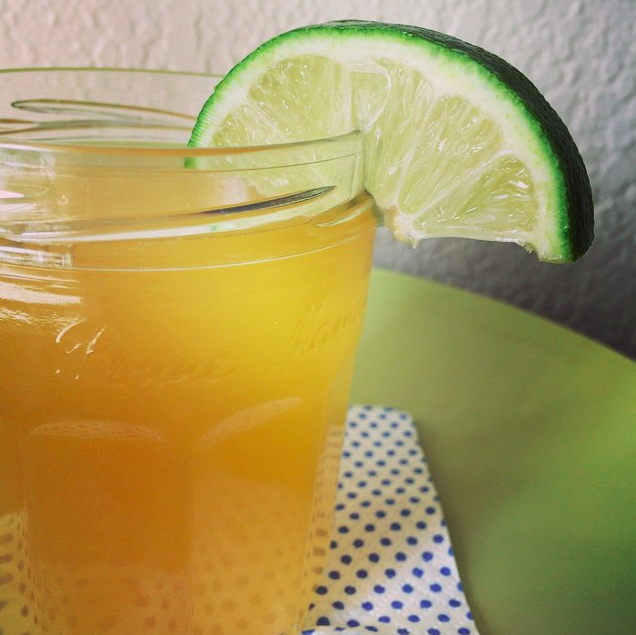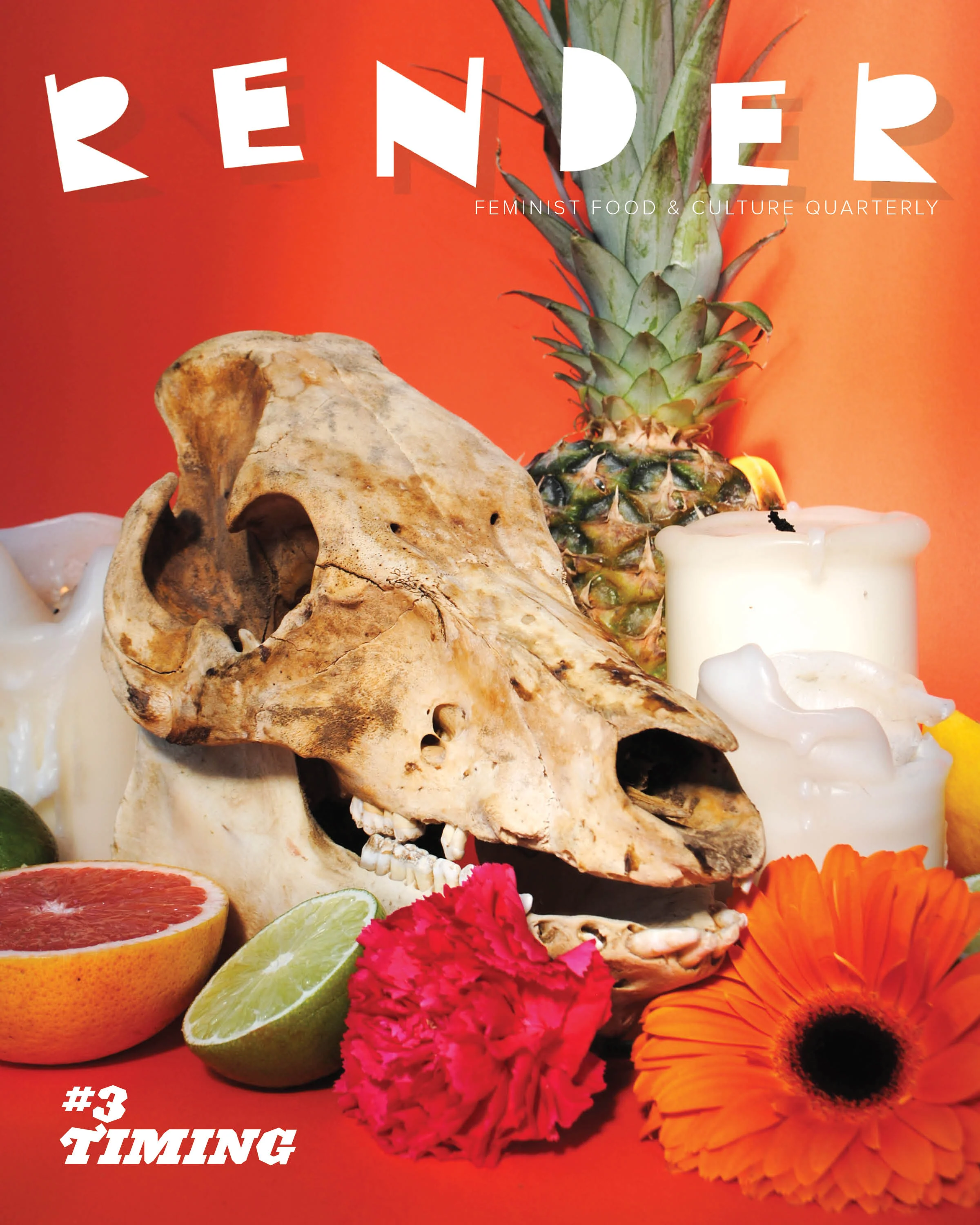
In each monthly installment of Bender, Caroline Ferguson will explore the social, cultural, and historical context of a single cocktail or boozy beverage. From settling which country lays claim to Pisco, to exploring the Carthusian Monks’ Chartreuse caves, Caroline will try to track down all the places your drink has been before it gets in your glass—always ending with a recipe of her own creation. Pull up a chair and a glass.
In 1872, Bordelais brothers Paul and Raymond Lillet started La Maison Lillet distillery and wine shop in the small town of Podensac, France. The village sits just south of Bordeaux, which at the time was enjoying a prosperous wine trade with parts of Europe and the West Indies that made it France’s busiest port city. The brothers produced clear French brandy, or eau de vie, distilled from the fruits and spices that were pouring into Bordeaux’s then-bustling port. They did pretty well for themselves from the start, but things didn’t really take off until five years later.
Meanwhile, as you’ll recall, quinine was experiencing a golden age of its own. The compound, extracted from South American cinchona bark, was highly valued worldwide for its antimalarial properties. The quinine trade, which was controlled by the Dutch at the time, would continue to boom until well into the 20th century.
Quinine wasn’t only being made into tonic and mixed with gin, though. This stuff was megapopular, and since it was considered healthy, it was basically the kale of the 1870s; distillers and winemakers threw it into just about everything to see what would stick.
The quinine craze wasn’t lost on Paul and Raymond. Experimenting with a mix of white (primarily Sémillon) grapes from the Sauternais region, the brothers developed a blend of wine, liqueurs from Valencian sweet oranges and Moroccan green oranges, and quinine. They called the concoction Kina Lillet after the French term quinquina, which referred collectively to all quinine-infused aperitifs.
The drink proved wildly popular. So popular, in fact, that the Lillet brothers eventually ceased production of all other eaux de vies to focus solely on their fortified wine.
Lillet gained even more popularity in France after a string of successful advertising campaigns in the 1920s. The fortified wine was soon exported to Europe and Africa, and served on ocean liners, which greatly speeded its acceptance among upper-crust New Yorkers. It became a popular addition to chic New York cocktails, and by the 1930s, La Maison Lillet was selling 180,000 bottles per year.
Other libations eventually rose to prominence in France and elsewhere, but Lillet’s popularity – and that of Lillet Rouge, released in 1962 – lasted. It was bolstered, at least in part, by a shout-out in Ian Fleming’s 1953 James Bond novel Casino Royale. In one crucial scene, 007 orders a drink he names the Vesper martini, containing “three measures of Gordon’s, one of vodka, half a measure of Kina Lillet." Shaken, not stirred, of course. The cocktail was instantly iconic.
The 2006 film version of Casino Royale starring Daniel Craig dragged the Vesper Martini back into the zeitgeist. But thanks to a 1987 reformulation, the Kina Lillet beloved by Bond has been lost to the sands of time, replaced by a lighter, fruitier, and notably quinine-free version of the aperitif simply known as Lillet Blanc. Purists may mourn, but fans of light, fruity, cinchona-free wine – a much larger group, thankfully – were mostly happy with the change.
Lillet, which could have been a late-19th century flash in the pan, seems to be here to stay. Lillet Rosé launched in 2011, and every bottle is still made in Podensac.
While Lillet was traditionally enjoyed over ice with an orange peel, it’s equally tasty in a slew of cocktails. Here’s my favorite way to drink it.
Asian Pear-Lillet Gin Fizz

Photo: Caroline Ferguson
This refreshing aperitif cocktail highlights one of my favorite autumn fruits and pairs perfectly with Thanksgiving appetizers. Try dropping the pear skewers into the cocktail before drinking—the fruit absorbs some of the hard alcohol, which is absolutely delicious.
2 parts Lillet Blanc
1 part gin
1 part 100% pear juice or nectar (I used R.W. Knudsen organic pear juice)
LaCroix peach pear club soda
1 large Asian pear, for garnish
Combine Lillet, gin, and pear juice in a cocktail glass and stir well. Top off with club soda to taste. Cut half of the Asian pear into thin slices, and scoop out the other half with a melon baller or teaspoon. Skewer the pear pieces on a toothpick or cocktail skewer, place on top of the glass, and serve.

































